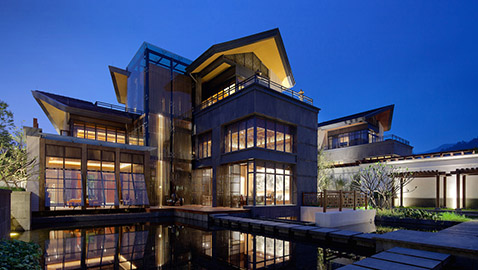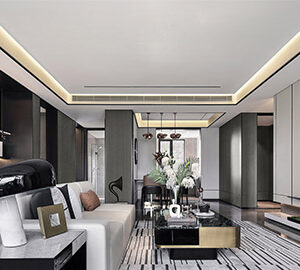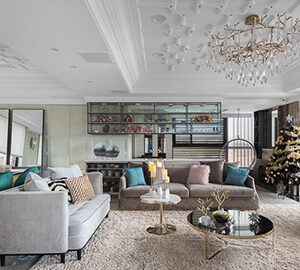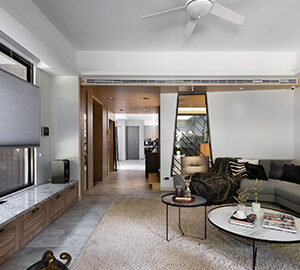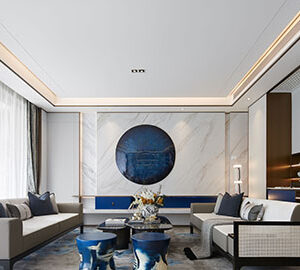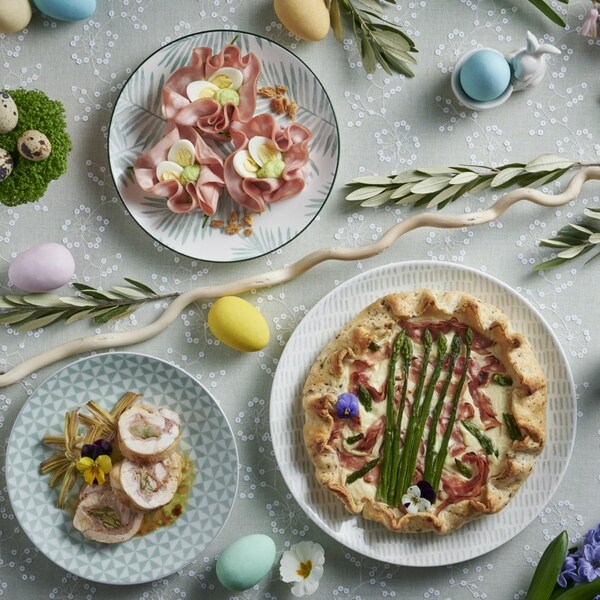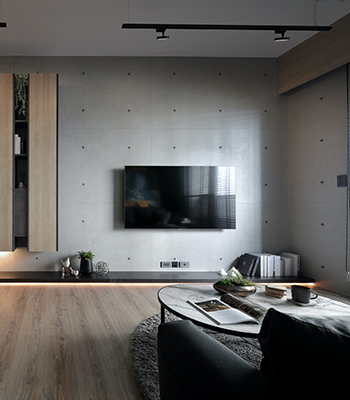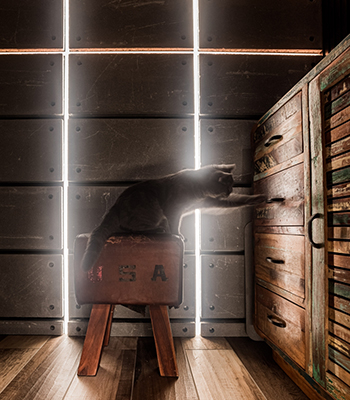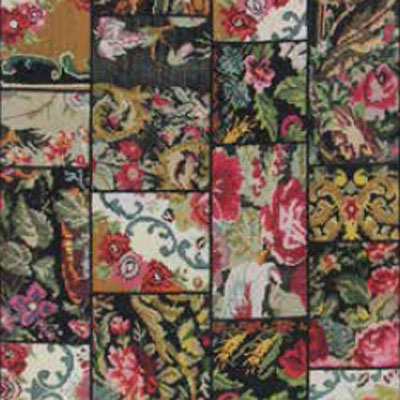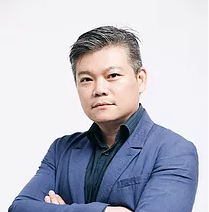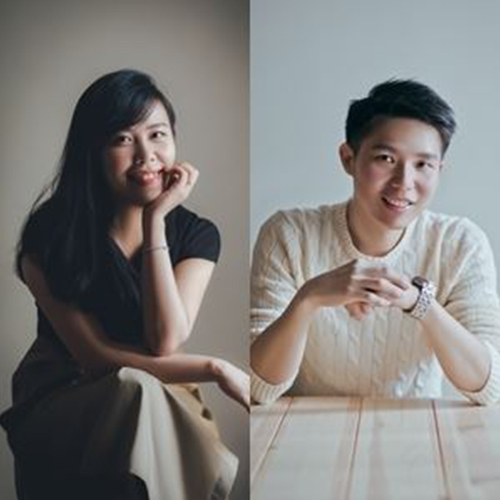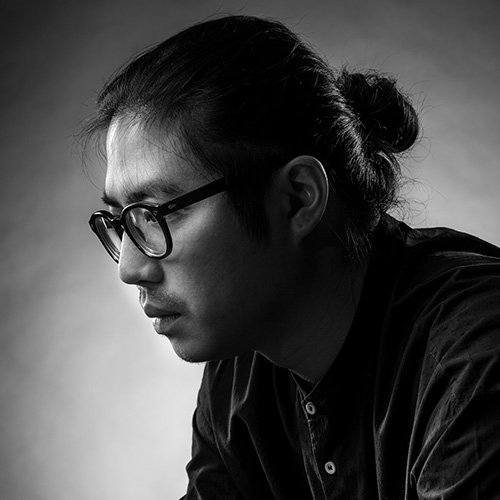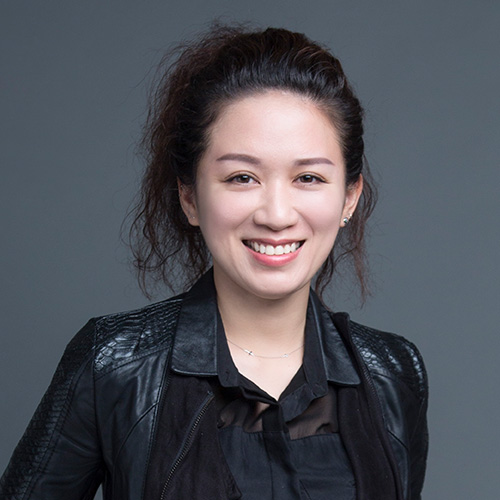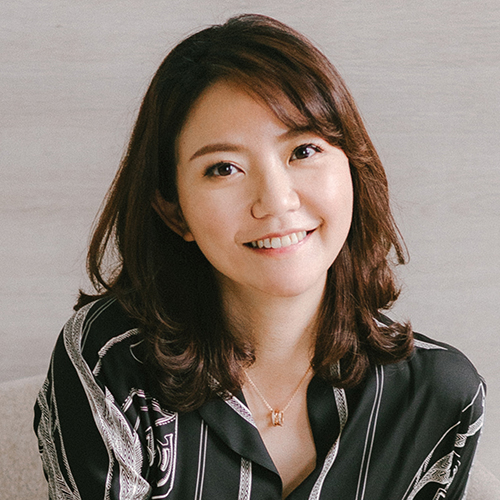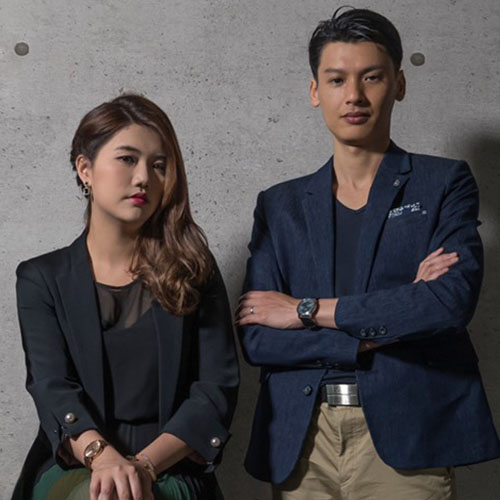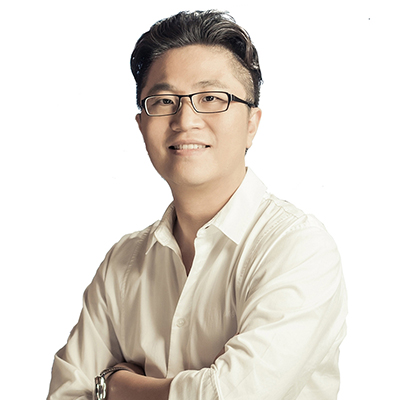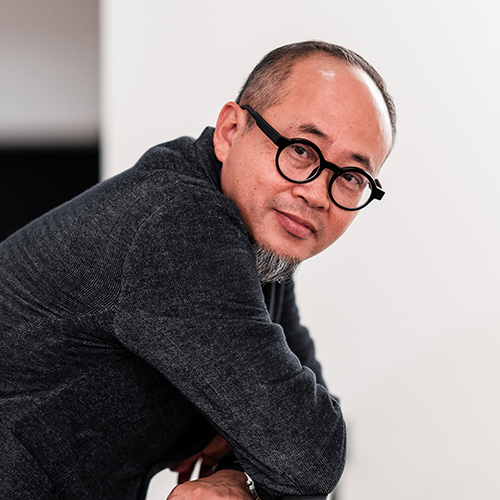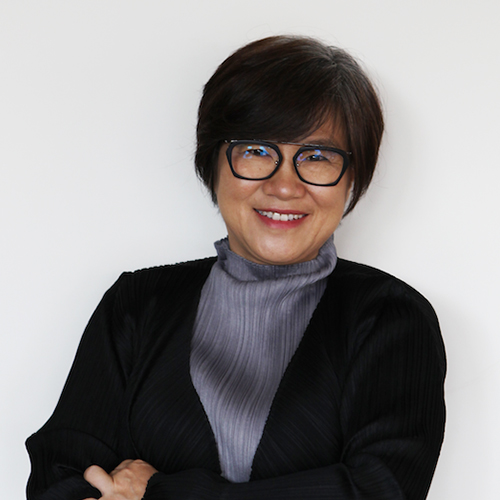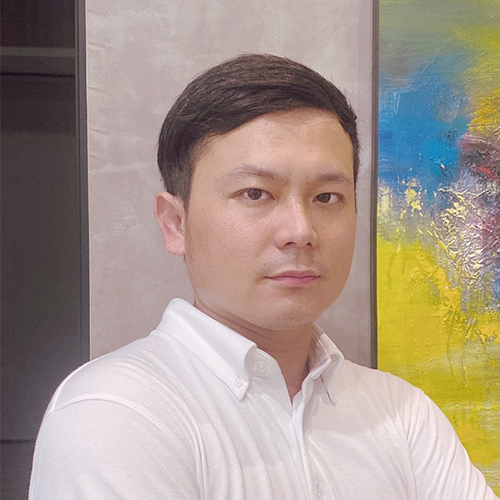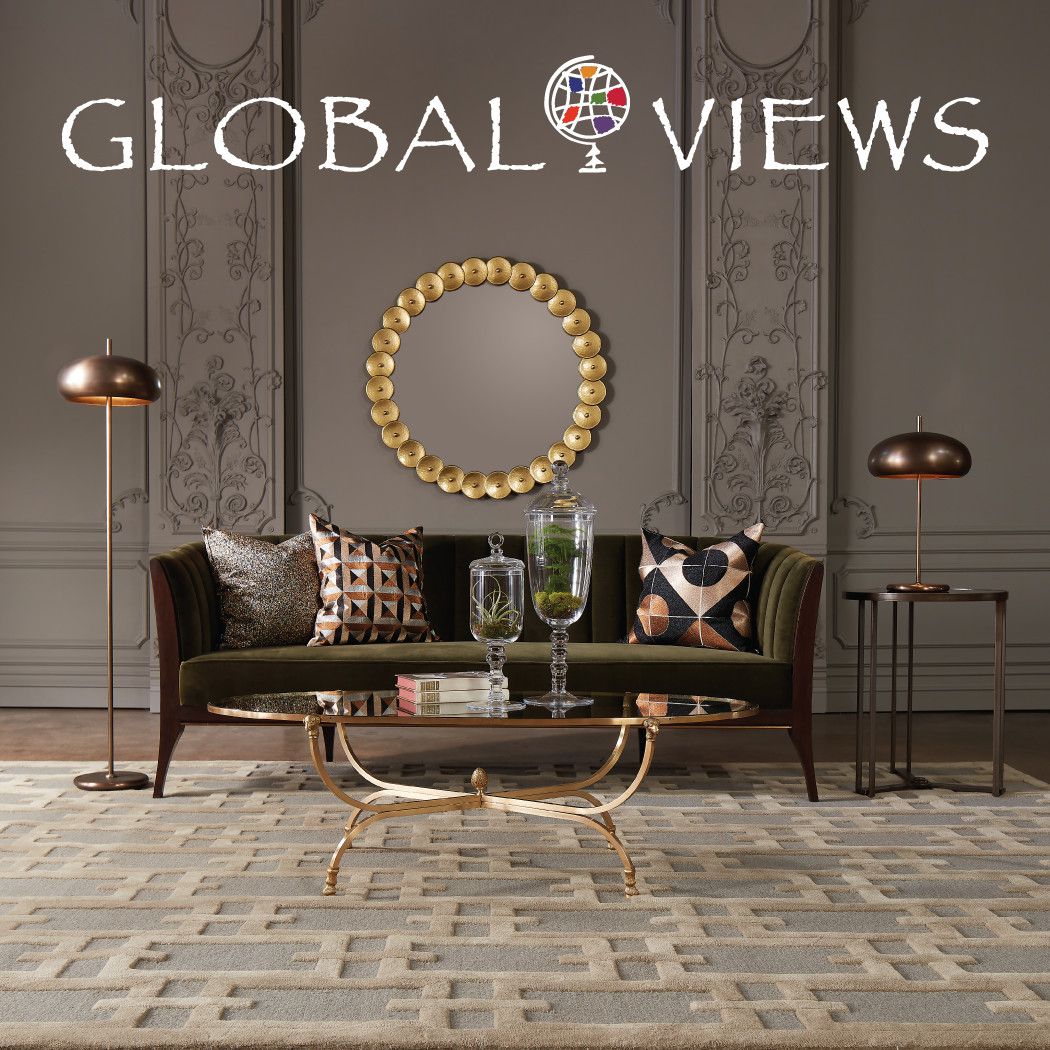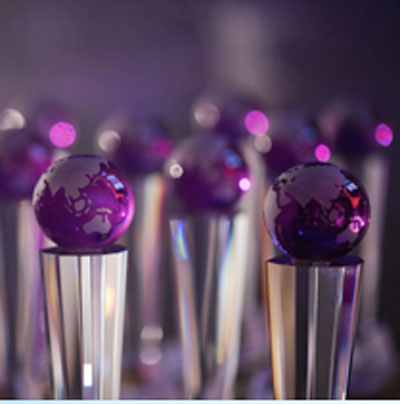描述
大易設計- 邱春瑞
禪是東方古老文化理論精髓之一,茶亦是中國傳統文化的組成部分,品茶悟禪自古有之。設計師以禪的風韻來詮釋室內設計,不求華麗,旨在體現人與自然的溝通,為現代人營造一片靈魂的棲息之地。茶館內以素色為主調,粗糙的青石板與天然紋理的木地板厚實而流暢,彷彿劃過滿了時間的痕跡,為整個空間帶來一種大氣磅礴的氣勢。茶館以一種獨特的姿態詮釋著中式之美。
本案設計師將現代氣息揉合東方禪意,將空間演繹一個優雅的品茗空間,軟裝並以「茶」作為引子,凝聚整體空間感,同時也向前延伸了空間體驗。茶室各個空間用木格隔成半通透的空間,坐在包間內品香茗,心靜則自涼。縱橫結合更加脈絡清晰,其複合性與包容性,賦予空間的無限想像。呈現細緻優雅的空間氛圍及簡潔寬敞的空間感。
一樓的一間茶室朝北方向全部以落地木窗代替牆面。屋外湖邊的湖泊似乎成了茶室的一部分,儼然是一幅超大的立體水墨畫。是人在品茶的同時可以直面窗外的湖光天色。
蘇東坡曾云:“寧可食無肉,不可居無竹。”竹子常被賦予瀟灑、高節、虛心的文化內涵,使觀賞者通過觀物而引申到意境,從而塑造一個清幽寧靜的空間。設計師將一樓東西兩間茶室牆面打空,與外牆之間種上竹子,形成一幅天然的水墨竹枝圖,渾然天成。
二樓展示廳設計師以「回歸」、「內省」的出發點,選擇寧靜、樸實的人文禪風,廳內僅擺著一件根雕,整面六米的牆面上則是用來投影展示。
三樓書房設計功能性為主。在其裝修中必須考慮安靜、採光充足和有利於集中註意力。為達到這些效果,使用了色彩、照明、飾物等不同方式來營造。
拋棄一切矯飾,我們力求做到平淡致遠,尊重古建築的原有語言,只保留事物最基本的元素。用最少的元素,(如:櫻桃木、櫸木、藤、竹等)來表達我們對蘇東坡的敬意,東坡有詞云:“人間有味是清歡。”我們給大家呈現的也許是蘇軾當年最喜歡的一幅情境—素牆、黛柱、青地、白頂,在這種簡逸的情境之中點綴著漏窗、竹簾、臥榻、古燈、幽蘭、詩詞、書法、繪畫等等,尤其在所有裝飾書畫的設置上,我們煞費苦心,盡一切所能蒐集蘇軾以及和蘇軾有關聯的傳世書法、繪畫作品,使用最接近原作的印刷複製方法製作,陳刊於室內及室外牆面,讓近千年的東坡文化流淌在時空和空間之中。在這裡,我們也許能夠體味出當年以蘇軾為首的文人雅士風雲際會的暢意人生畫面。
搭配上收集的東方茶甕、器皿等,讓整個空間與茶道精神合而為一的同時又展現空間的全部功能和意境。
我們追求的是表面的質感和肌理,不同質感和肌理的材質對比正如同不同形體體塊的互相對話,為了暖和硬朗的材質,設計師在細節之處為用心,無論是走道上看似隨意擺放的佛像、枯枝,還是那些做工精良的中式家具、置於展示櫃內的精美瓷器與茶具,這些細微之處的累積都讓空間顯得更為飽滿。
茶館整體的色調溫潤自然,猶如杯中琥珀色的茶湯,黃色繼承了佛教的傳統色彩,希望突出部分空間達到一種“禪”的意境。
Zen is one of the ancient cultural essence in orient, and tea is also an component of Chinese traditional culture. Tea tasting and zen comprehending begin from ancient times. Interpreting the interior design with charm of zen, the designer does not pursue gorgeousness, aiming to reflect the communication between human and nature, to build a soul habitat for modernist. The tea house takes plain colors as the dominant. The rough blue flagstone and wood floor with living surface are thick and smooth, seemly across the time traces, bringing a grand and magnificent momentum to the whole space. The tea house interprets the beauty of Chinese style with a unique pattern.
The designer mixtures the sense of modernness with the oriental zen, making the space become an elegant tea tasting space. “Tea” is needed for the soft decoration, integrating the sense of space. In the meanwhile, the space experience is forward extended. The tea house is divided into half transparent spaces with wood grid. Sitting in the private room and tasting tea, you will feel cool if your mind is calm. Its complexity and containment endow infinite imaginary to the space, presenting delicate space atmosphere and compact space sense.
The tea house of the first floor towards the north uses floor wooden window for the wall space. The lake beside the house is almost become a part of the tea house, just like an extra large three-dimensional Chinese picture. When people taste tea, they can directly appreciate the landscape of lakes and mountains.
Su once said, “No prefer fresh meat, not habitat without bamboo.” Bamboo is usually endowed with cultural connotation of free, incorruptibility and humbling. The spectators can feel the artistic conception by appreciating the objects, so as to build a beautiful and peaceful space. The walls of the two tea house in the east and west on the first floor were knocked. Bamboo is planted on the space between the exterior wall, shaping a natural picture of Chinese bamboo.
On the second floor, the exhibition hall is designed from the starting point of “return” and “introspection”by the designer, choosing a cultural style of peaceful and simple. In the living room, there is a piece of root carving, and 6m wall is for projection.
The study on the third floor is mainly for function. Quiet, adequate lighting and attention focusing should be considered for the decoration. In order to achieve the effects, the designer uses colors, lighting and ornaments and other different ways to build.
Abandoning all frippery, we strive to be flat, respecting the original language of the ancient architecture, only retaining the basic elements of the things. The least elements (such as, cherry wood, beech, vine and bamboo) are utilized to express our worship to Su Dongpo.We try our best to collect the calligraphy and painting which are created by Su or related to Su. Using the printing process which makes the works be faithful reproduction of the original. The works are displayed on the wall indoor and outdoor, letting Dongpo Culture which occurs nearly thousand years flows in the space time. Here, we may possibly realize the scene of communications among man of letters who are headed by Su.
With the collections of tea urns and vessels, the whole space connects with teaism, and in the same time, shows the whole functions and artistic conception of the space.
What we pursue is surface texture. The comparisons among different textures are exactly as dialogues between different chunks. For warm and hard material quality, designer handles the details carefully. No matter the figures of Buddha and the dead branches which are placed randomly, or the Chinese style furniture which are well made, delicate china and the tea things placed in the exhibition cabinet, all those make the space be more full.
The color tone of the tea house is warm and natural, just like tea in amber color in a cup. Yellow color carries forward the traditional color of Buddhism, expecting to underline an artistic conception of “Zen”for some spaces.
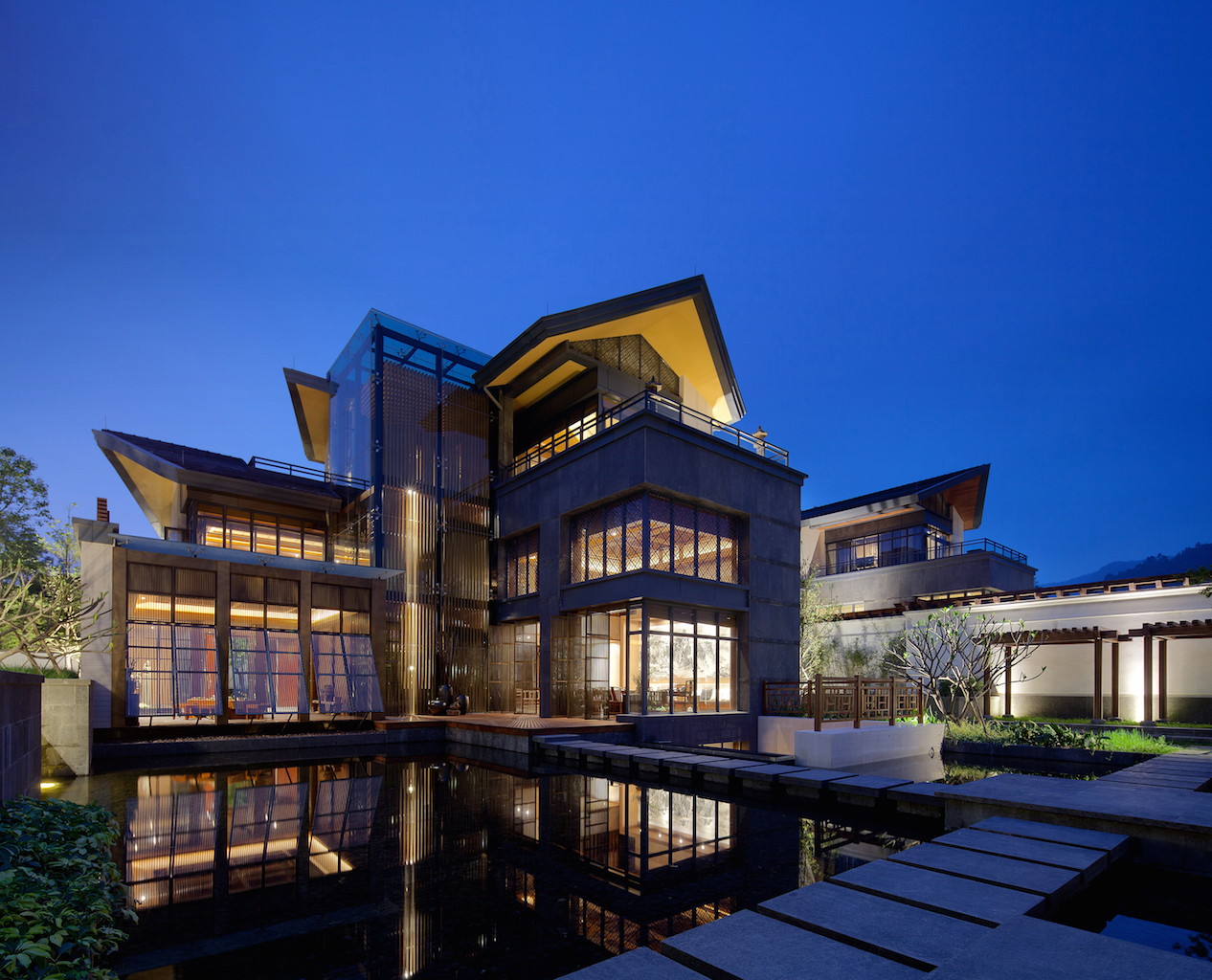
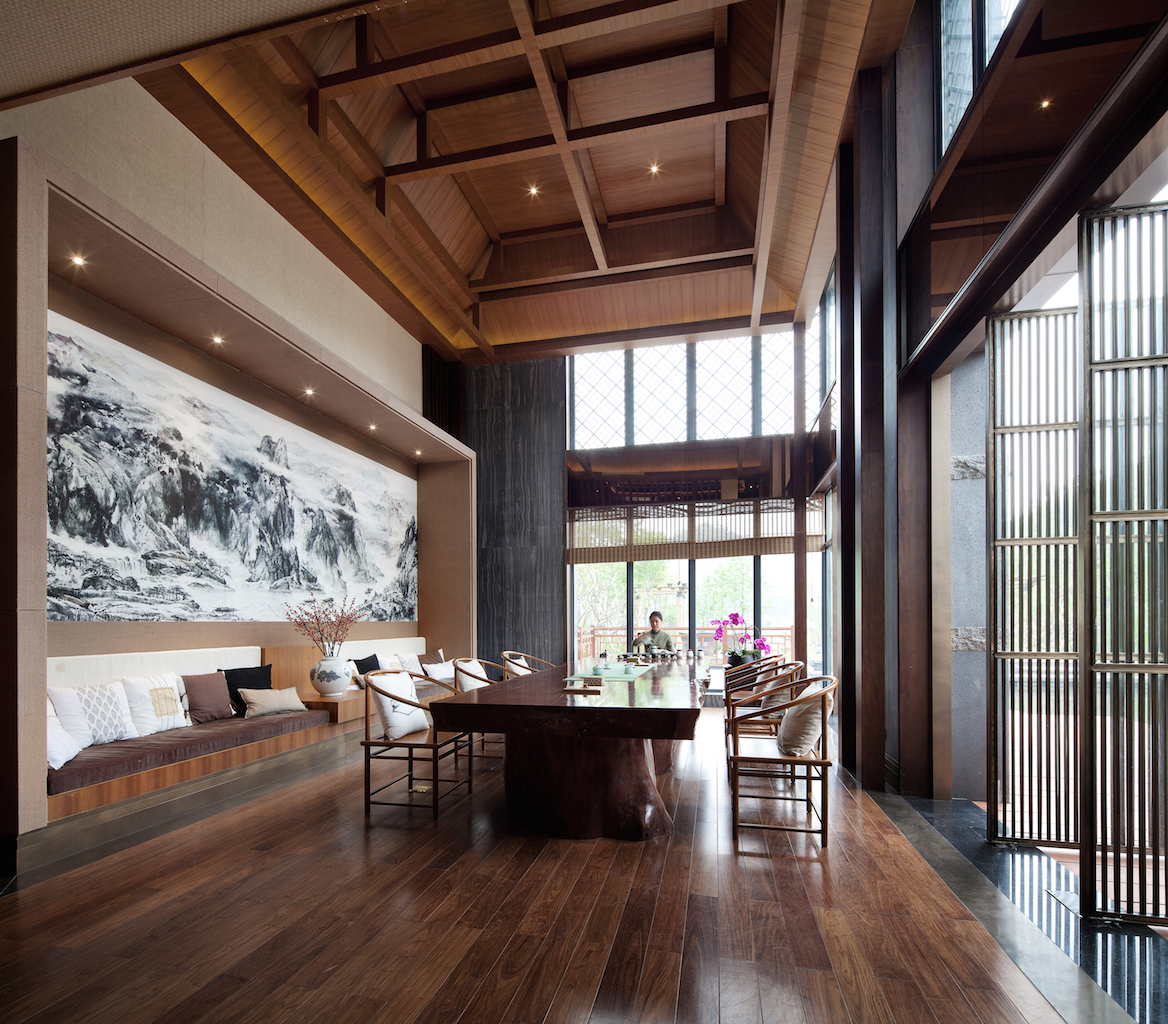
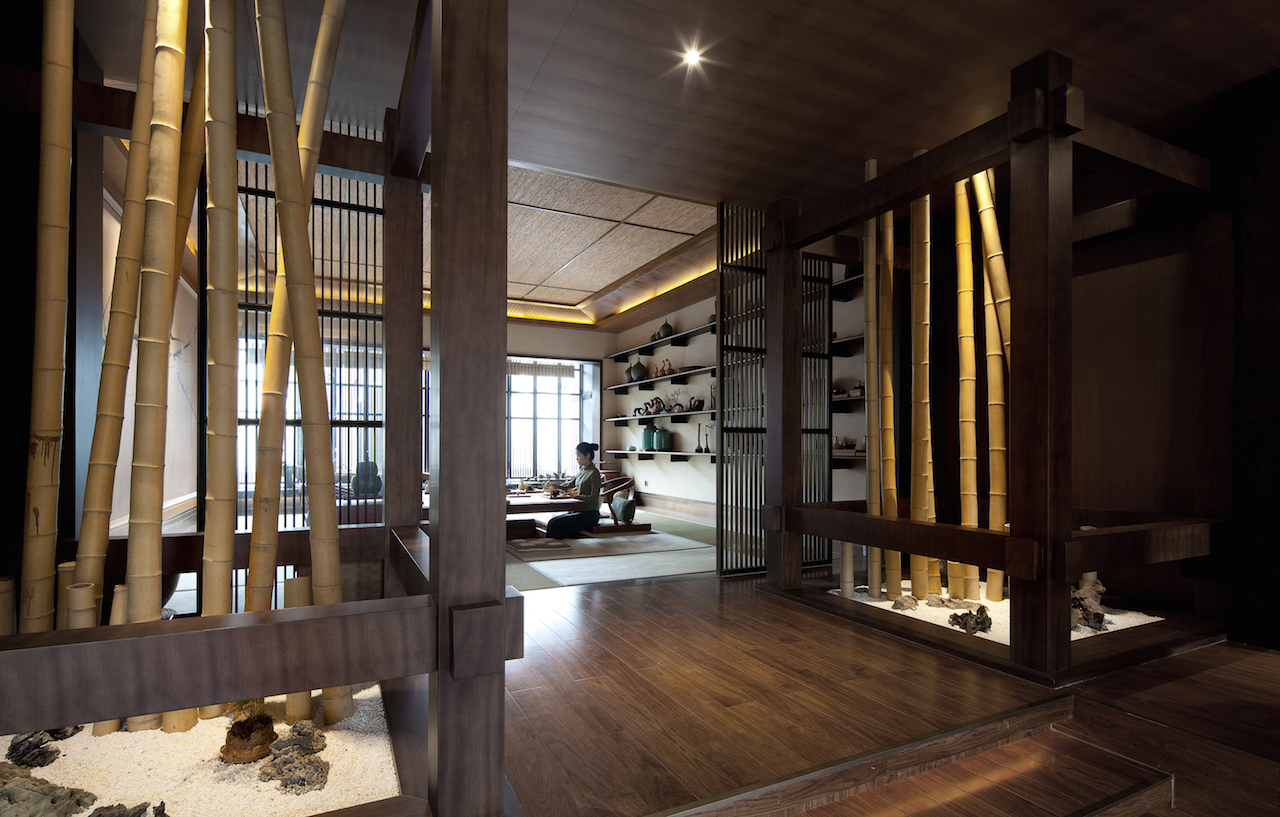
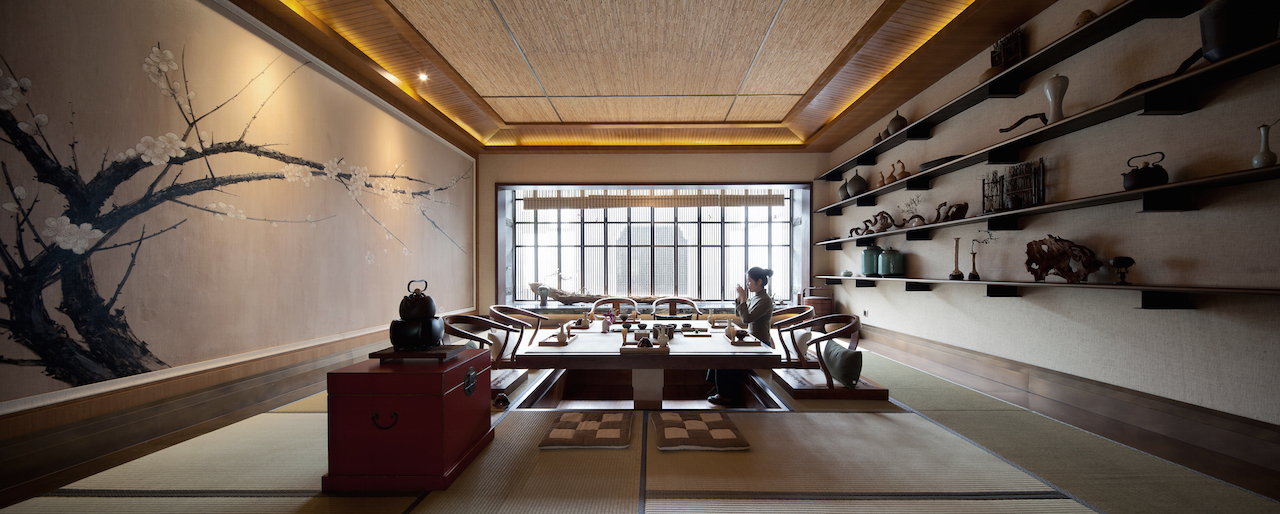
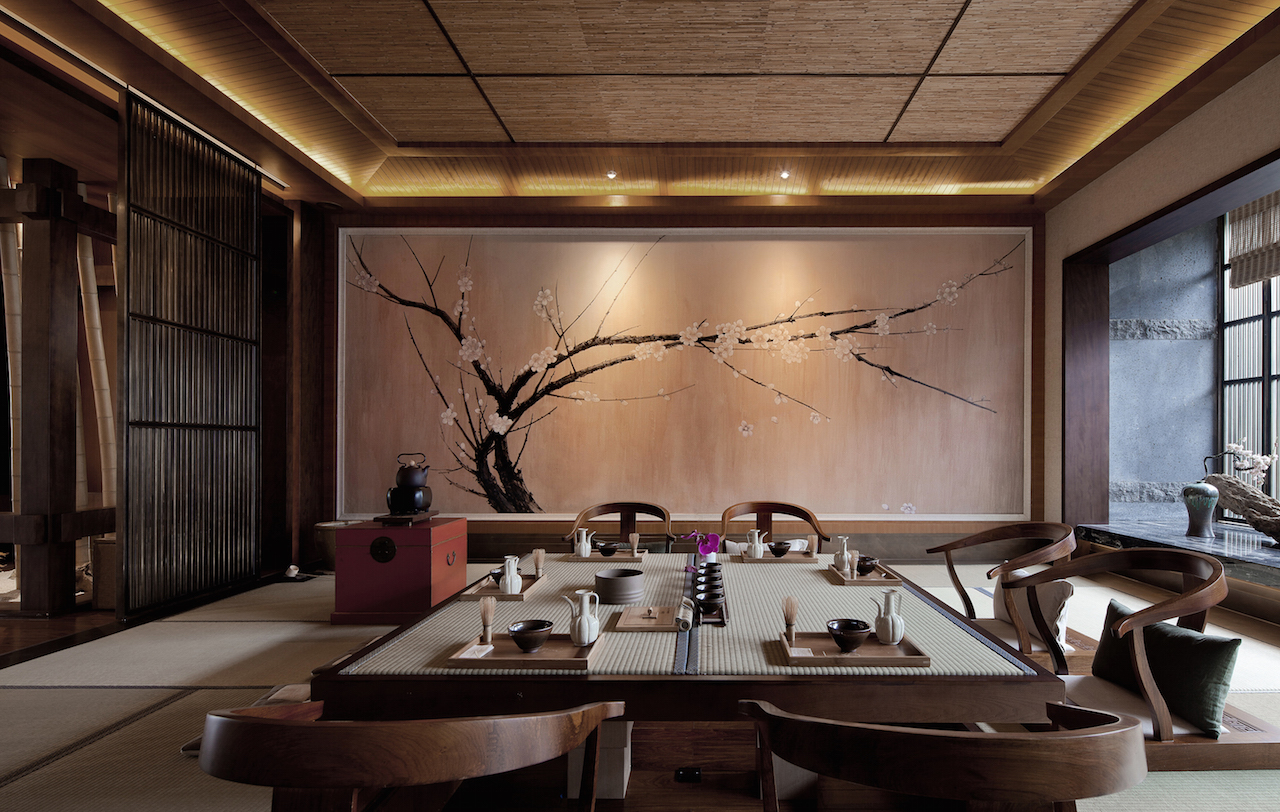
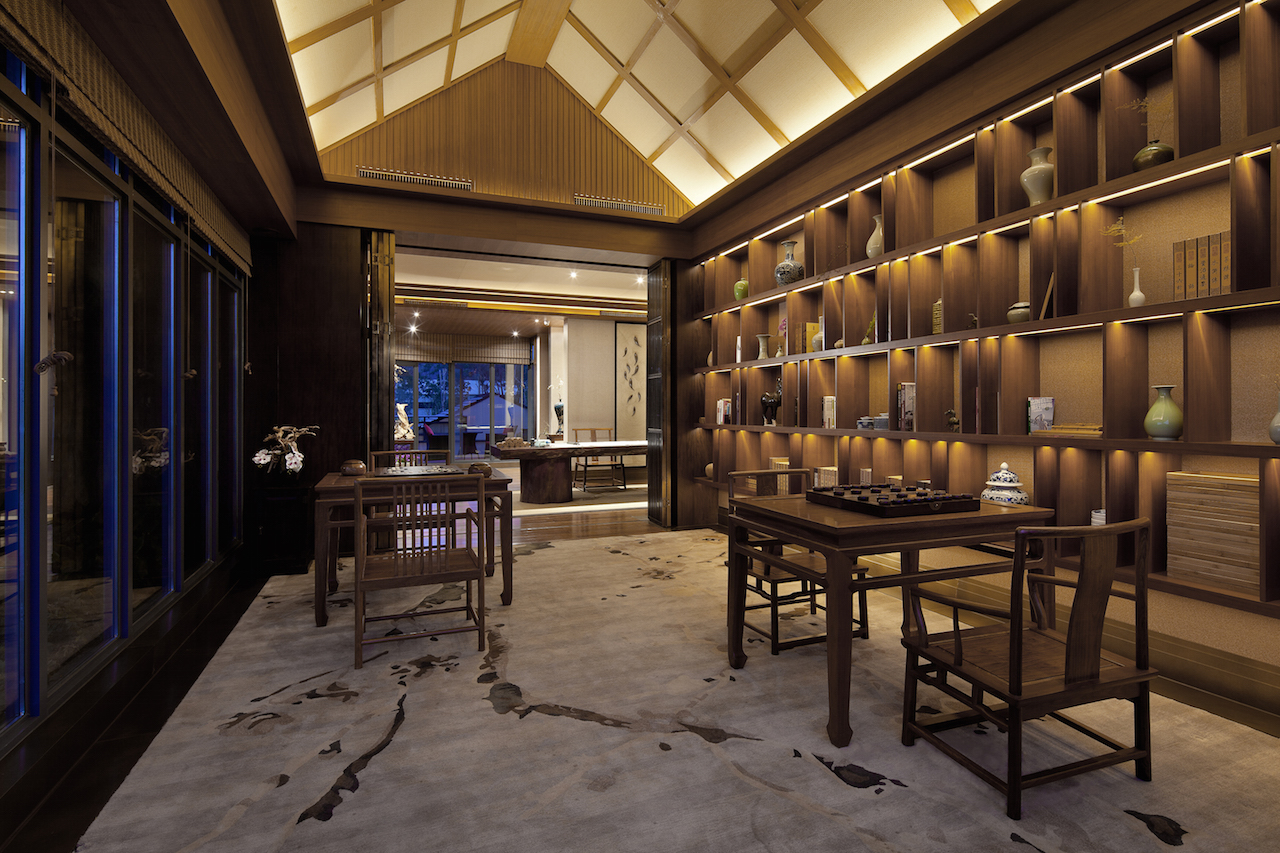
國際獎項報名代辦洽詢專線:02-2799-7723

